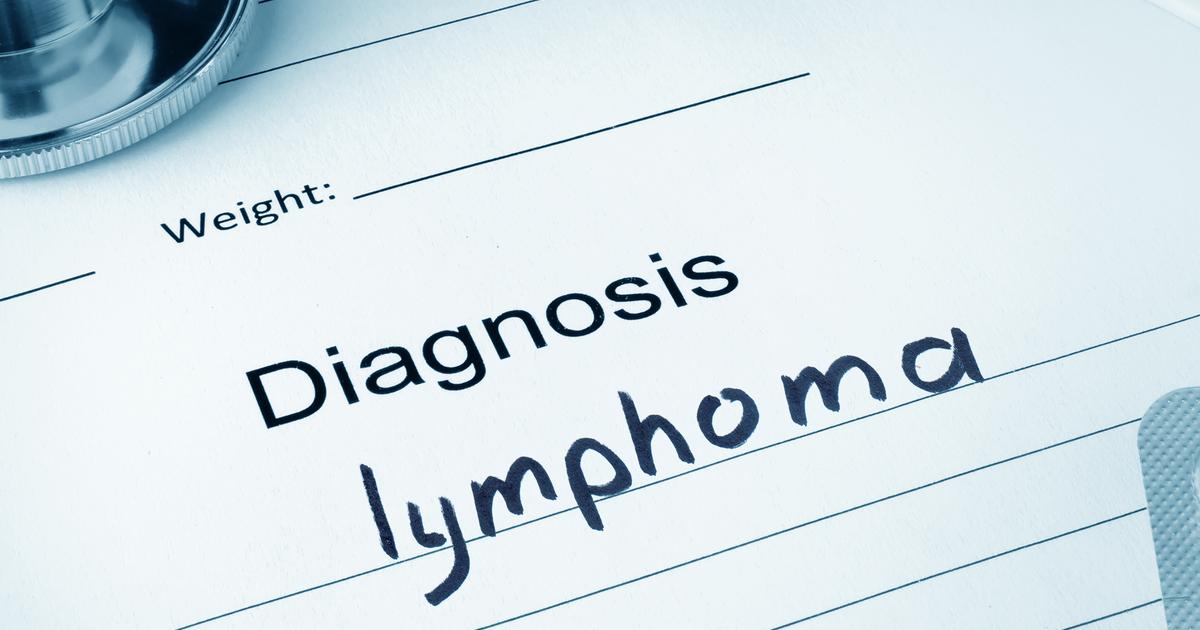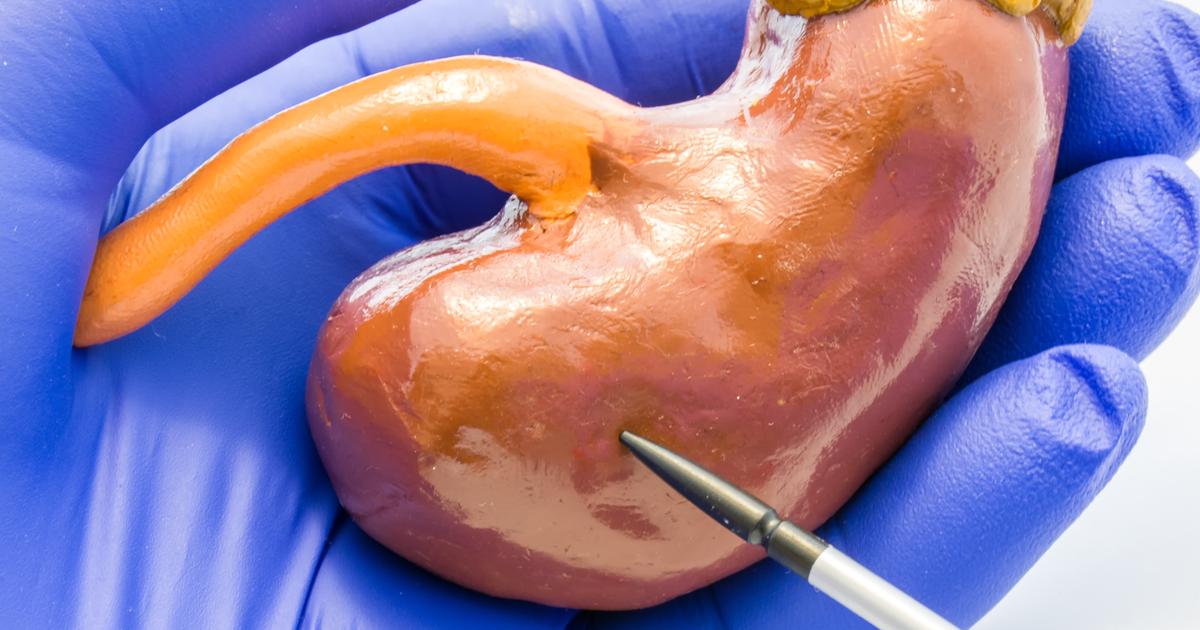Guide To The Major Types Of Kidney Cancer And Tumors
Kidneys are the organs responsible for filtering an individual's blood of excess fluids, electrolytes, and toxins to be excreted through urine. Kidney cancer, as the name suggests, is a form of cancer that affects the kidneys. Malignancy in the body occurs when cellular damage results in a change or alteration in the part of the genetic code or DNA of the cell responsible for cell differentiation, multiplication, growth, and apoptosis. This genetic mutation or change causes the cells to grow beyond control, invade healthy tissues nearby, and use up nutrients healthy cells need.
Patients have several kidney cancer treatment options. They will likely receive chemotherapy for cancer. Surgery for kidney cancer is also common. Other cancer treatments include radiation therapy for kidney cancer as well as biologic therapy. However, the best treatment for kidney cancer starts with understanding what type of kidney cancer or tumor must be treated. Learn about the major types of kidney cancer and tumors now.
Renal Cell Carcinoma

Renal cell carcinoma is the most prevalent form of kidney cancer among the population. Around ninety percent of all cases of kidney cancer are diagnosed as renal cell carcinomas. This form of cancer grows as a single mass inside of a patient's kidney in most cases. However, it can grow as two or more separate kidney tumors as well. While renal cell carcinomas are typically found when they have already grown to a large size, most cases are diagnosed before the cancer has metastasized to other organs or regions of the patient's body. The five-year survival rate is around seventy percent in cases where cancer had not spread beyond the kidney.
Symptoms include hematuria, fatigue, excessive hair growth, persistent side pain, appetite loss, weight loss, vision issues, and a lump in the abdomen. Ultrasounds of the kidney, computerized tomography scans, blood testing, urine testing, and kidney tissue biopsy are used to help diagnose this condition. The first-line treatment for renal cell carcinoma is surgery. However, treatment may also include chemotherapy, targeted therapy, radiation therapy, and biologic therapy.
Transitional Cell Carcinoma

Transitional cell carcinoma is an uncommon form of kidney cancer. It may also be referred to as urothelial carcinoma. Only between five and ten percent of all cases of kidney cancer are diagnosed as transitional cell carcinomas. This type of kidney cancer originates in the cells that make up the tissue of the renal pelvis. The renal pelvis is a structure that urine flows through following the kidney but before entering the ureter. These cells are referred to as transitional cells because they have the unique ability to stretch and change shape without bursting or becoming damaged.
Individuals who smoke cigarettes, have a history of bladder cancer, take pain medication regularly, and are exposed to chemicals in textiles, rubber, leather goods, and plastics are more likely to develop transitional cell carcinoma than others. Surgery is the most widely used form of treatment for this form of kidney cancer. Despite the low prevalence of this form of kidney cancer, ninety percent of all transitional cell carcinoma cases can be cured when they are detected before spreading beyond the urinary tract.
Wilms' Tumor

Wilms' tumor is a form of kidney cancer that primarily affects young children. Around ninety percent of all childhood kidney cancer cases are diagnosed as Wilms' tumor. The average age of diagnosis is between three and four years old. This form of kidney cancer is rarely seen in children over five years old. Wilms' tumors tend to grow in just one kidney or are considered unilateral. Only between five and ten percent of affected children have bilateral cases of Wilms' tumor, where it affects both kidneys.
The exact causes of Wilms' tumor are not known. However, hereditary genetic factors and specific congenital syndromes are known to play a role in some cases. Symptoms include a palpable abdominal mass, abdominal pain, abdominal swelling, hematuria, constipation, fever, vomiting, nausea, appetite loss, breathlessness, and high blood pressure. Diagnosis is made with urine, blood, and diagnostic imaging tests. Treatment for Wilms' tumor is individualized and may include surgical excision, kidney removal, chemotherapy, and radiation therapy.
Lymphoma

Primary renal lymphoma describes a type of cancerous tumor beginning in an individual's kidney that is the result of the proliferation of lymphoid cells. This type of kidney cancer is a form of non-Hodgkin's lymphoma. It is characterized by an absence of lymphatic disease beyond the patient's kidneys. Less than one percent of all types of cancerous kidney lesions are diagnosed as lymphoma. The process of primary renal lymphoma development is not entirely clear. However, it is thought that cancer originates in the renal capsule before moving to the renal parenchyma.
The most prevalent risk factor for this type of kidney cancer is the presence of chronic infectious or inflammatory diseases. Examples of such conditions are Sjogren's syndrome, Epstein-Barr virus, pyelonephritis, and systemic erythematous lupus. Most individuals diagnosed with primary renal lymphoma are men and close to sixty years old. Primary renal lymphoma is usually a unilateral form of kidney cancer. The bilateral form is very rare. Kidney tissue biopsy, blood testing, and diagnostic imaging are used to make a primary renal lymphoma diagnosis. The first-line treatment usually includes systemic chemotherapy.
Sarcoma

Renal sarcoma is a type of kidney cancer that begins in the mesenchymal cells of the kidney. These are the cells that form connective tissues. Several types of sarcomas can develop in the kidney. However, the most common are liposarcomas, leiomyosarcomas, fibrosarcoma, osteosarcoma, angiosarcoma, rhabdomyosarcoma, and malignant fibrous histiocytoma. The perisinuous space and the organ capsule are the most prevalent origination point of renal sarcomas.
Since these types of tumors have developed from connective tissue cells, they have a greater ability to cross fascial anatomical boundaries to other organs. These renal tumors grow rapidly and often spread to the lymph nodes, lungs, or liver. Hematuria, flank pain, and a palpable flank mass are common symptoms of renal sarcoma. Urine tests, blood tests, angiography, computerized tomography scans, and kidney tissue biopsy are used to make a renal sarcoma diagnosis. As this type of kidney cancer is more aggressive than others, most patients will need surgery, chemotherapy, and radiation therapy at some point.
Oncocytoma

Some individuals may deal with a renal oncocytoma. This kidney growth, thankfully, is usually benign, though rare cases can be cancerous. Patients often discover oncocytomas when they need diagnostic imaging for other conditions, since symptoms are not common. However, renal oncocytomas can result in a variety of symptoms in certain cases. These symptoms include blood in the urine, a mass in the abdomen, as well as abdominal or flank pain.
These growths are more common in men over fifty years old, though anyone can develop them. Single renal oncocytomas have an unknown cause, though when they affect both kidneys, genetic conditions appear to be involved. If the patient's tumor is benign, it likely does not require treatment. However, if it does cause symptoms, patients often receive surgery. This also allows doctors to confirm the diagnosis.
Angiomyolipoma

Angiomyolipomas, which are often connected to a genetic condition known as tuberous sclerosis, are benign kidney tumors. Symptoms do not always appear when patients have an angiomyolipoma. However, when they do, they can include sudden back or flank pain, vomiting, nausea, anemia, shock, hypertension, and chronic kidney disease. Doctors often diagnose these tumors through magnetic resonance imaging, computerized tomography scans, and ultrasounds. They are often found when these imaging tests are used for other reasons.
Treatment for these tumors includes the medication everolimus, an immunosuppressant, and embolization. Angiomyolipoma treatment is taken seriously. This is because patients with these tumors have several risk factors for future cases of kidney cancer, including kidney disease, hypertension, and the underlying genetic condition called tuberous sclerosis.
Renal Adenoma

A renal adenoma is one of the most common benign kidney tumors, though they are not common in the overall population. In most cases, these tumors are no larger than two to three centimeters in size. Symptoms can be nonspecific, and may not always appear, though they can include high blood pressure, weakness, low potassium, high blood sugar, bruising, excessive hair growth, and abnormal weight gain or loss.
The cause of these tumors is largely unclear, but many professionals believe that genetic conditions, such as multiple endocrine neoplasia, type 1, are involved. Unfortunately, it is difficult to differentiate renal adenomas from cancerous tumors. Thus, diagnosis and treatment are vital. In the majority of cases, surgical excision is the only effective method of both diagnosing and treating renal adenomas.
